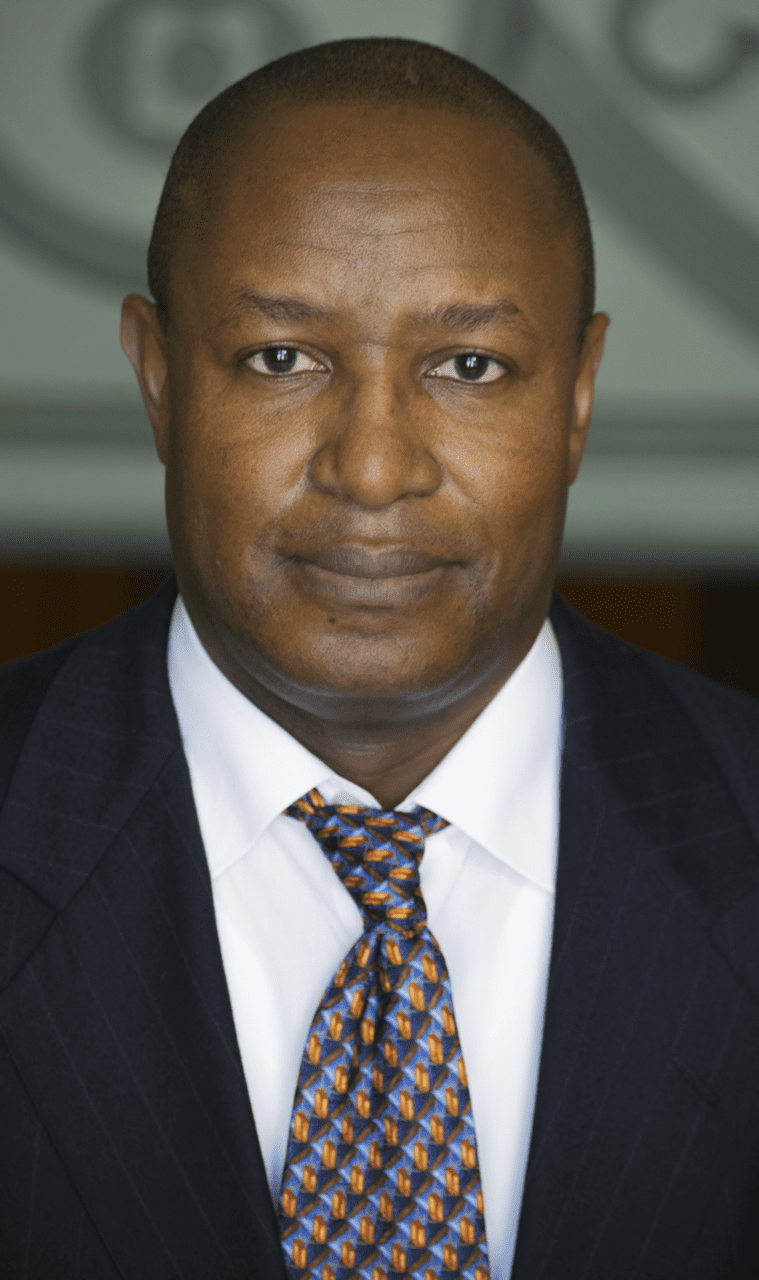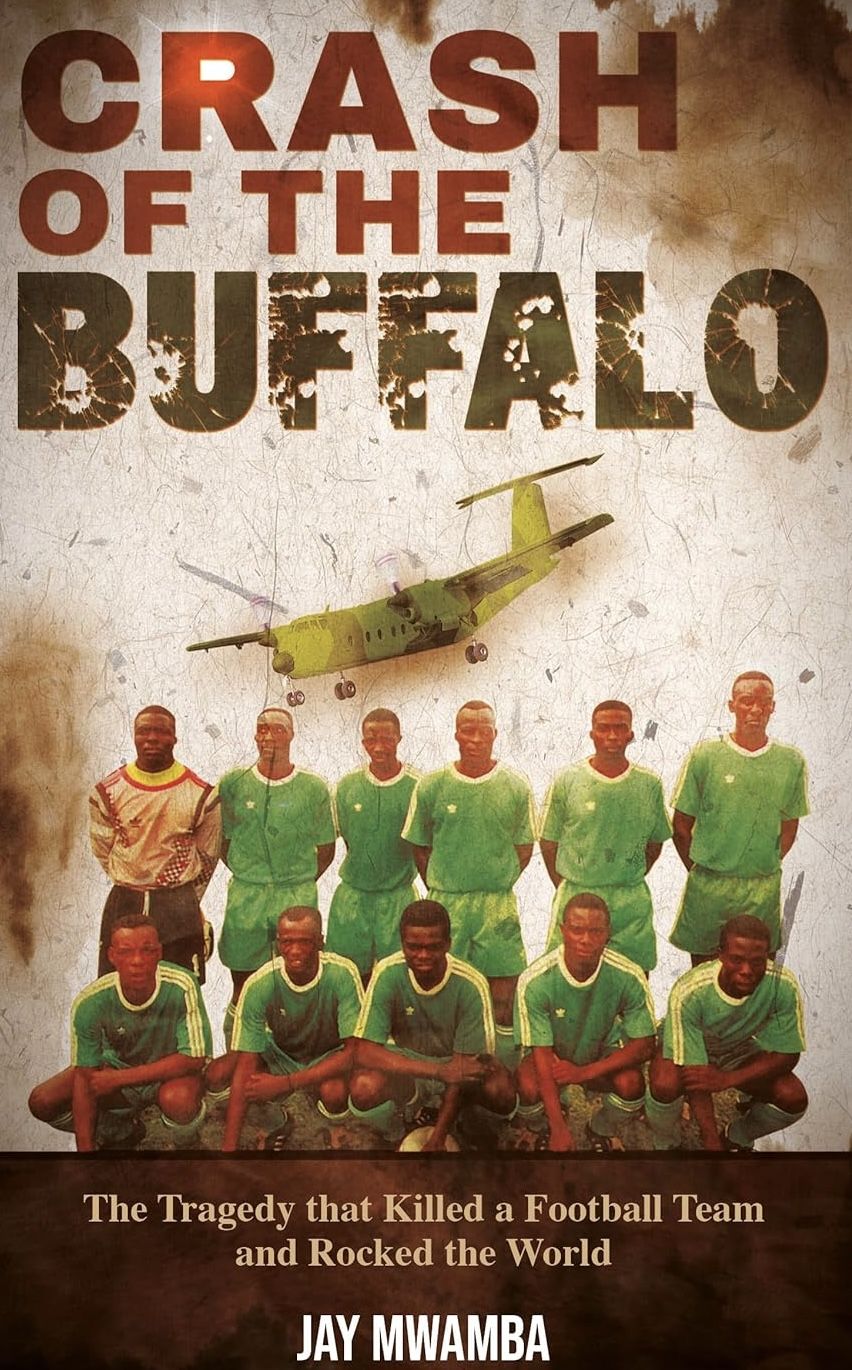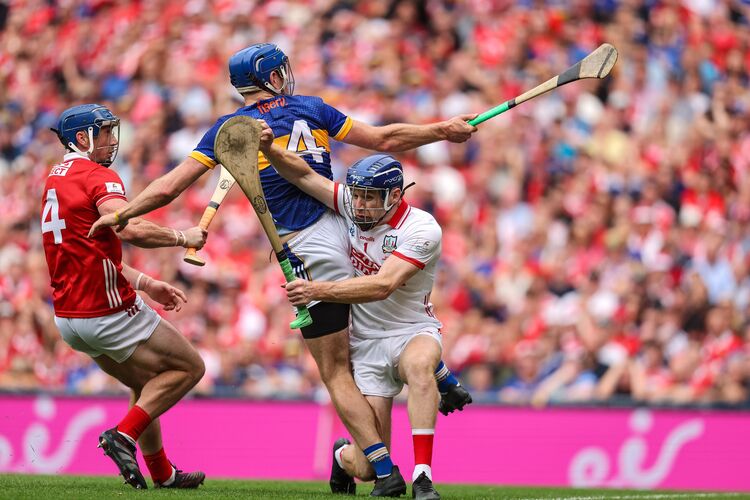On an autumn Monday evening in 1978, the Zambian soccer national team were awed by a display of technical brilliance from one of the greatest legends in the sport’s history. In his book “Crash of the Buffalo,” author Jay Mwamba mentions the long-forgotten friendly game at Gay Meadow in Shrewsbury because, when it ended, the most famous survivor of the Munich air disaster of two decades earlier shook hands with perhaps the best-known of the 30 victims on a plane 15 years later that plunged into the Atlantic Ocean with the loss of its crew and passengers.
The guest star for Shrewsbury Town, then in the third tier of English football, was a semi-retired Bobby Charlton, two days away from his 41st birthday; the visiting Zambians’ prolific forward was Godfrey Chitalu, who’d scored 107 goals in the 1972 season, and later was appointed national head coach.
Mwamba told us his book, which is subtitled “The Tragedy That Killed a Football Team and Rocked the World,” is the “emotive story of the April 1993 military plane crash that wiped out the Zambia national soccer team as it was on the cusp of qualifying for the 1994 World Cup in the United States.”
The author added, “The book chronicles Zambia's rise as a footballing power in Africa, the close calls on other military aircraft before 1993, and the aftermath of the tragedy when a rebuilt Zambian side came close to sealing World Cup qualification and winning the African Nations Cup.”
Such tragedies have been comparatively rare in football, with the crash off the coast of Gabon 32 years ago being the only one ever involving a national squad. The Munich calamity, though, is the inevitable backdrop and reference point for any story of a team of footballers perishing.
In the prologue to his book, Mwamba recalls that as a rookie reporter he met with Frank Taylor, one of a “motley collection” of media people at the 1985 Under-20 World Cup in Moscow. Taylor, president of the world association of sports journalists, fought with the Royal Air Force during World War II, walked with a limp and was, the author says, a ringer for William Conrad, aka Frank Cannon of TV’s “Cannon” and the title character of “Nero Wolf.” A picture in the book of the young reporter speaking with Taylor attests to the likeness.
“After a few days, my curiosity got the better of me,” writes Mwamba, who has been the Irish Echo’s boxing correspondent and also local soccer columnist since the 1990s. “I enquired as to the nature of his disability.”
Taylor told him matter-of-factly that he was the sole pressman who’d survived the Munich crash on Feb. 6, 1958, and he spent six months recovering in the hospital. His 1960 book, “The Day A Team Died,” was the definitive account of the tragedy that had claimed eight of Manchester United's Busby Babes.
Mwamba spoke to just about everybody who had something vital to say about the later tragic event of 1993, including a former president of Zambia, the late Rupiah B. Banda. “He shared many memories,” he writes, “including watching Zambia’s twice-played 1974 Africa Cup of Nations Final with Zaire alongside boxing great Muhammad Ali.”
He interviewed also before their deaths the noted surgeon and professor who led the medical team to Libreville, Gabon’s capital, to retrieve the remains of the Buffalo crash victims, and a retired lieutenant general of the Zambian Air Force who had piloted the Buffalo a few weeks before the tragedy. The latter went to his grave believing that the plane was shot down on April 27, 1993.
One crucial source for the story-telling is Ronnie Hollywood, a Queen’s University Belfast graduate who went to work in Zambia in September 1968 and “became part of a group of expatriate British teachers who played a fundamental role in Zambia’s emergence as a football force in Africa.”
Hollywood, the accidental coach, wrote to Tottenham goalkeeper and friend from his hometown of Newry, Co. Down, Pat Jennings for some tips. The famous shot-stopper, who played 119 times for Northern Ireland and also had an eight-year stint at Arsenal, kindly obliged long before the concept of remote learning was invented. There’s a recent color photo of the two Newry friends in the book.
Former player Jimmy McGeogh told the Echo years ago that Bobby Charlton (whose brother Jack later became an Irish folk hero) was still a phenomenal talent when he played alongside him in a few League of Ireland games for Waterford and in training. Likewise, the ambitious Zambians, two years on, were anxious to learn from the superstar, and he offered them both praise and advice.
After the Buffalo crashed, Zambia reached out to the world. Denmark answered first in the form of coach Roald Poulsen, and the offer of a six-week training camp in northern Europe, which was gratefully accepted. Mwamba feels that if Poulsen had stayed for a little longer as coach, they might have qualified for World Cup ’94. The Dane did return, however, to lead them to a third-place finish in the Africa Cup in 1996, and upon his death 12 months ago he was buried with a Zambia jersey and his bronze medal.
Mwamba came to New York in 1989 to continue his studies and got a BA and MA at City College of New York, where today he’s editorial publications manager. He continued his freelance career, writing usually about sports for the Daily News, Newsday and Reuters as well the Echo.
At 5 a.m. on April 28, 1993, a phone call woke the Queens apartment he shared with his brothers. It was dire news from soccer star Kalusha Bwalya in the Netherlands, where he played for PS Eindhoven. He’d been due to meet up with his teammates for their World Cup qualifying game, a first-ever meeting with Senegal that week.
“I knew a lot of the players,” the author said on a recent South African podcast. “I’d traveled with them. They were my heroes, they were my friends, some of them.”
The 18 players were brothers, sons and fathers, often from large families. Today, the youngest man would be 50, the oldest 66 years of age.

Place of birth: Choma, Zambia
Residence: Queens, New York City
Published works: “Seconds Out” (2004), “Crash of the Buffalo” (second edition, 2025)
What is your writing routine? Are there ideal conditions?
I don't have a set routine. As deadlines have been part of my life since my first job, I work on my personal projects when time allows. That's almost always at night. I write as much as I can and when done for the night, email the text to a repository email account that I have.
What advice do you have for aspiring writers?
Read, read and keep reading. That's the same advise a wise man gave me when I was starting off.
Name three books that are memorable in terms of your reading pleasure.
“Unforgivable Blackness - The Rise and Fall of Jack Johnson,” by Geoffrey C. Ward; “The Count of Monte Cristo,” by Alexandre Dumas and “Moby Dick,” by Herman Melville.
What book are you currently reading?
“Ebony and Ivy: Race, Slavery and the Troubled History of America's Universities.” It's very enlightening.
Is there a book you wish you had written?
No. But I wish that the books I've written and plan to write will touch readers the way some of the books I've read have touched me.
Name a book that you were pleasantly surprised by.
“Moby Dick.” One of the most famous titles in literature that you probably first hear of as a child. So, my perception of it before I read it as an adult was of some comic book adventure. But I enjoyed it thoroughly. A real classic.
If you could meet one author, living or dead, who would it be?
Alexandre Dumas. I loved his expansive yet gripping narrative style. Everything came together in the end.
What is your favorite spot in Ireland?
I've flown over Ireland several times and plan my maiden visit soon. You can ask me next time.







